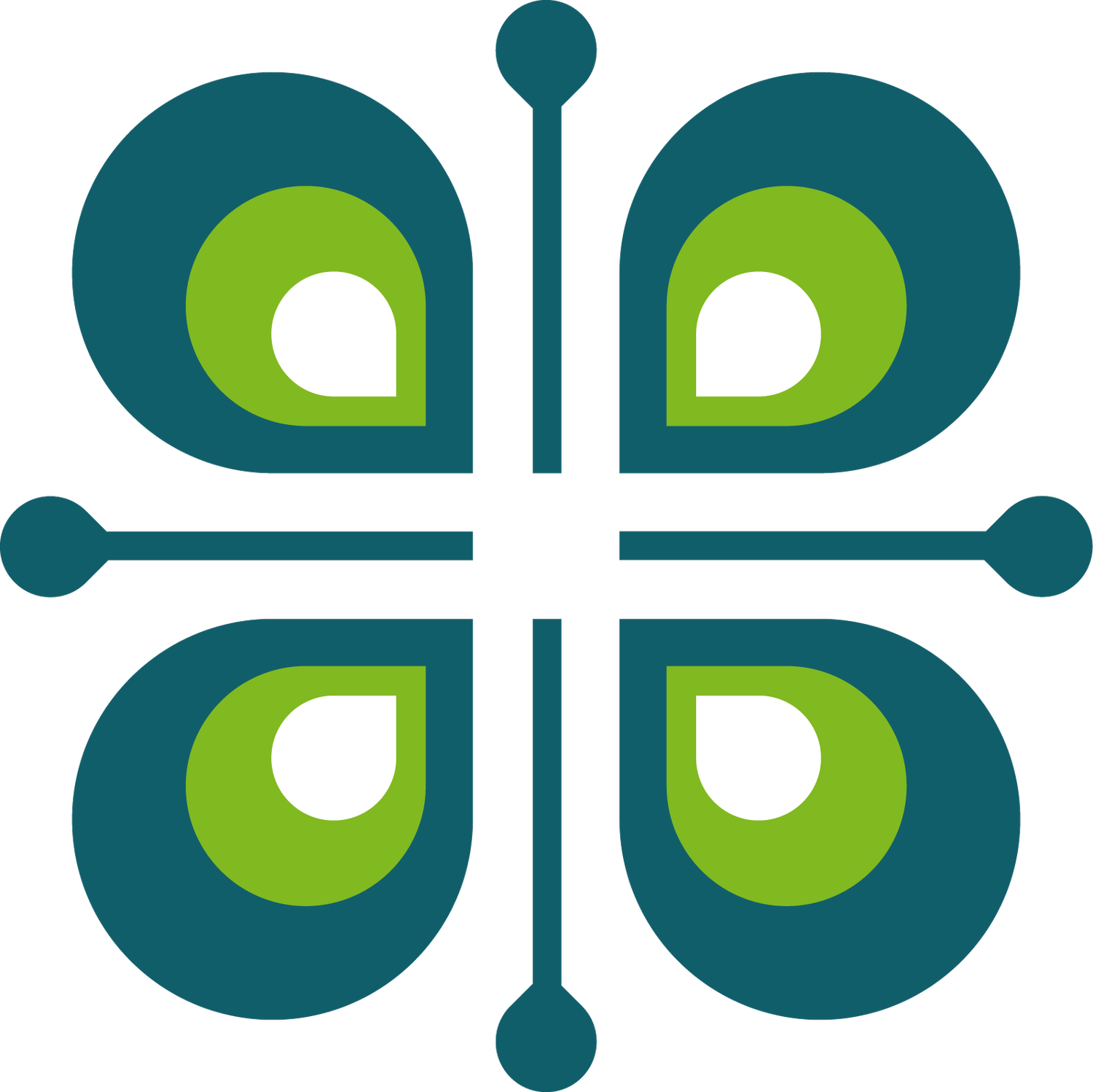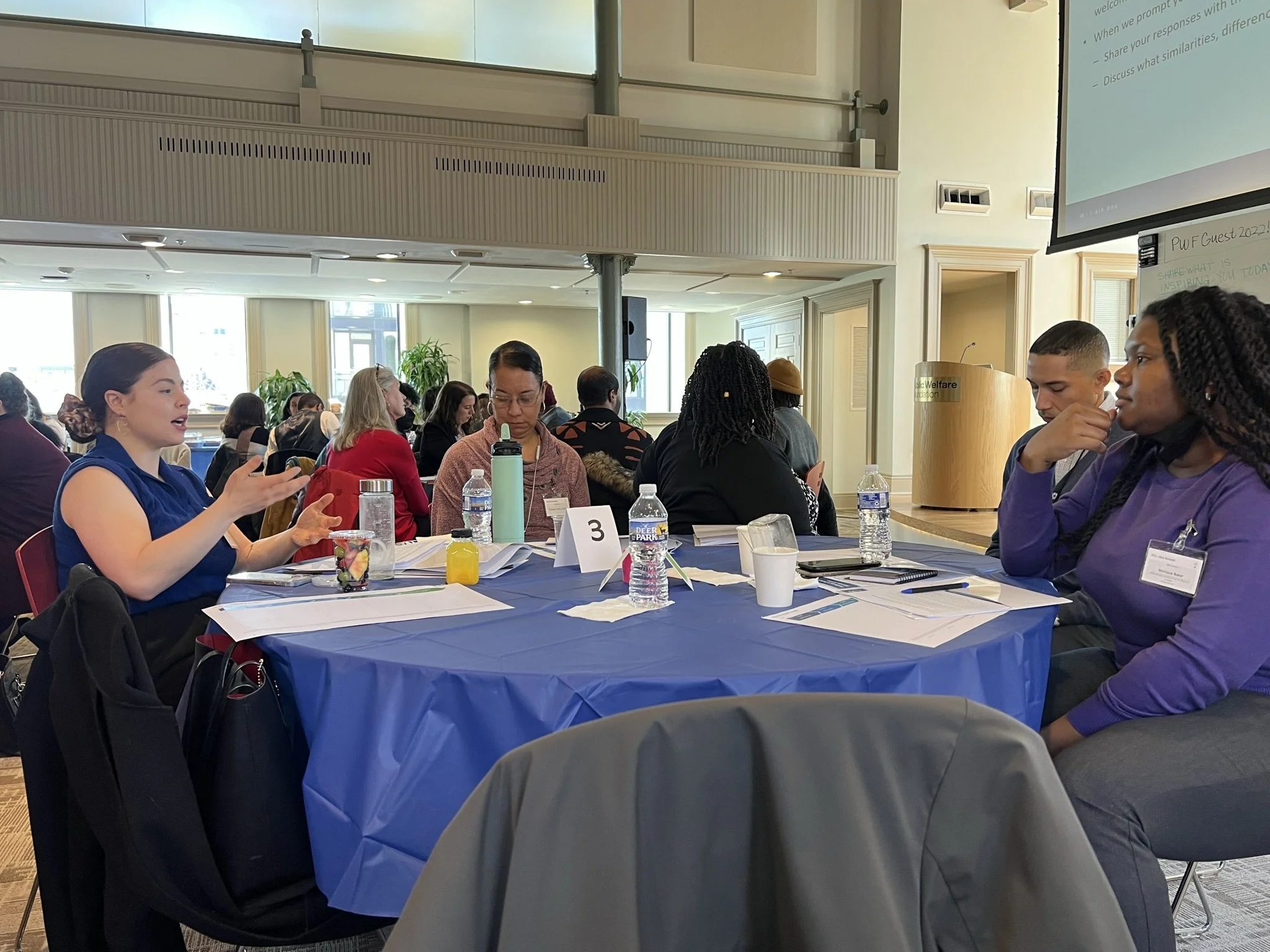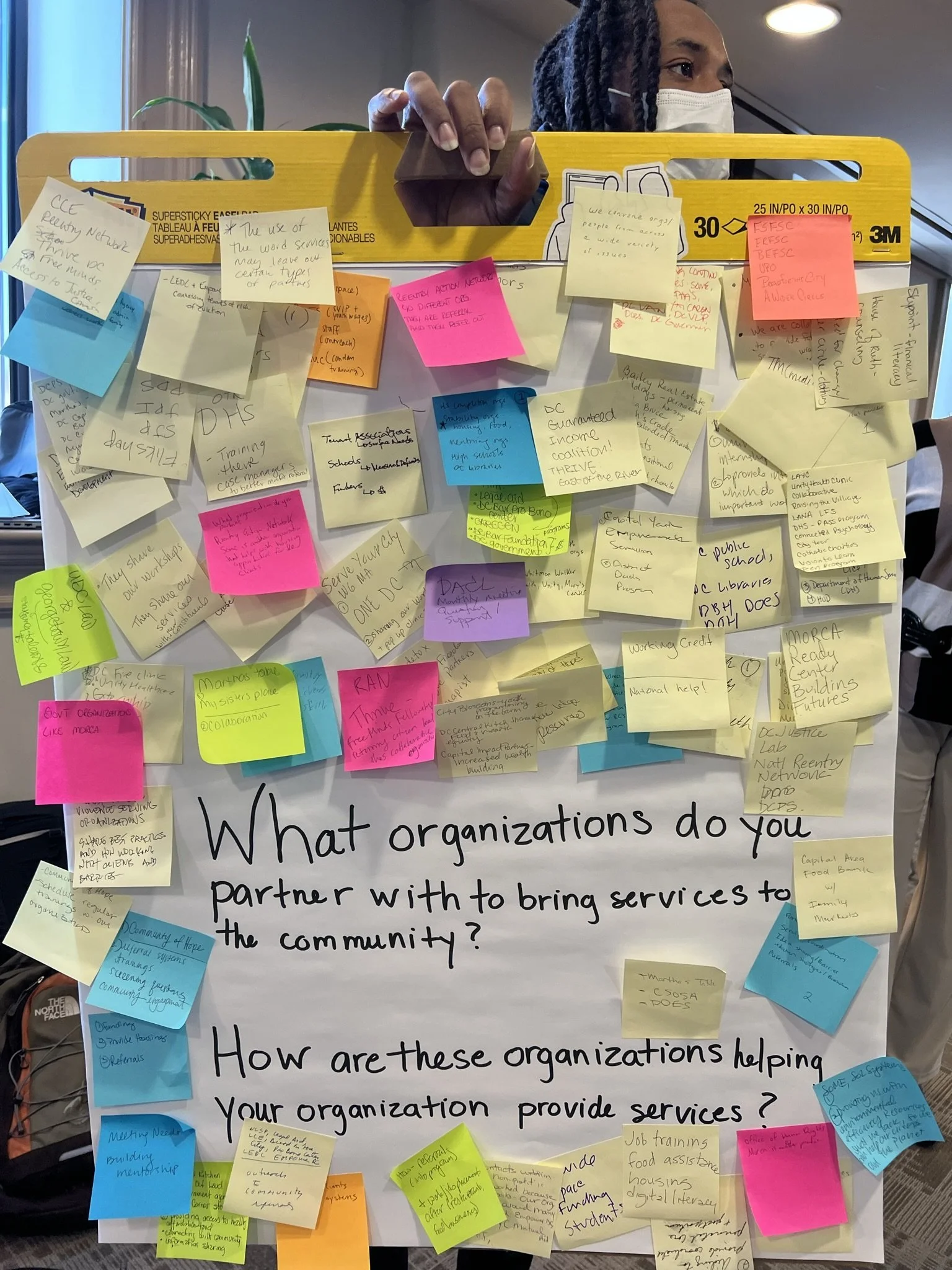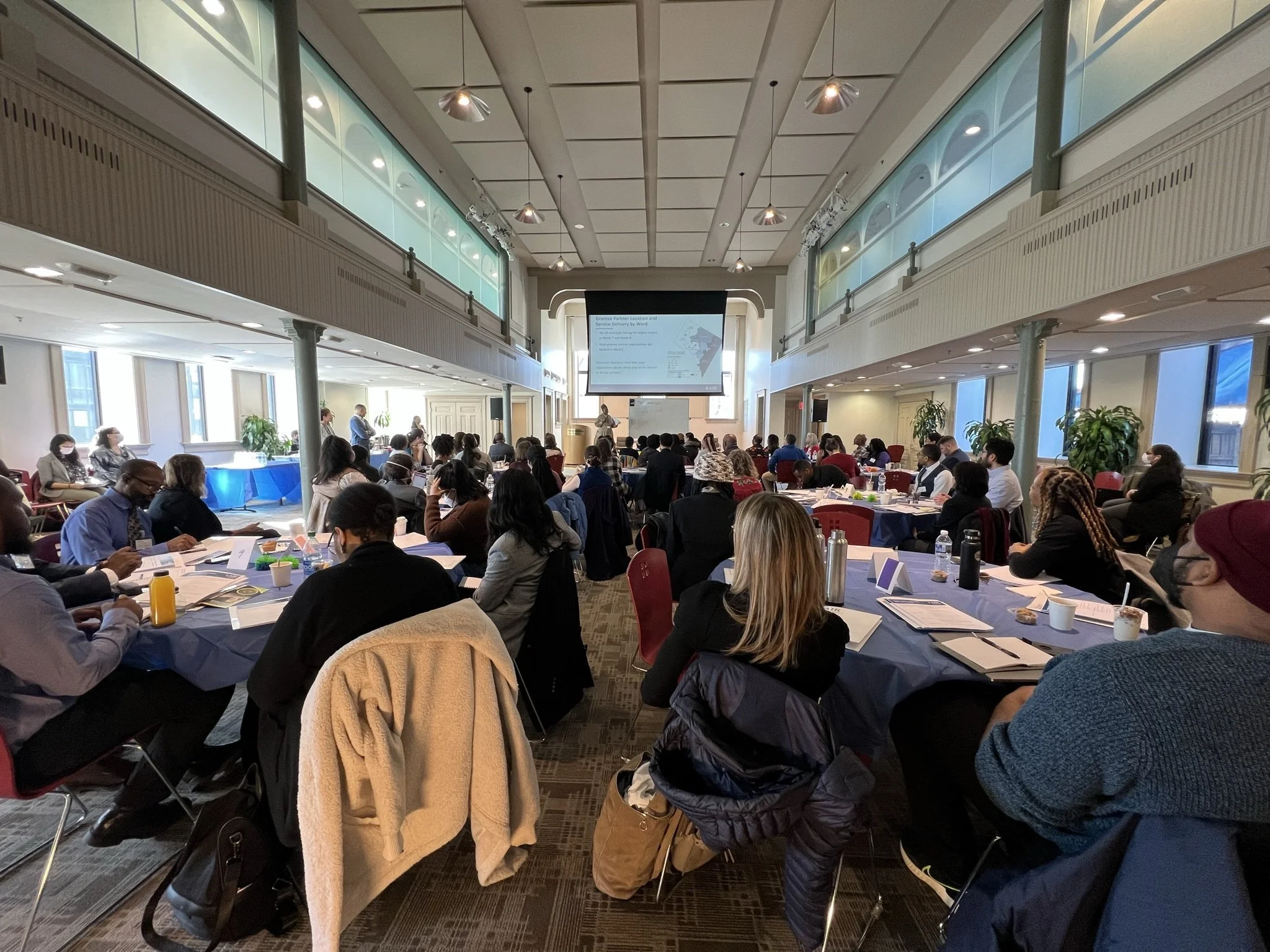Grantmaking for Success: Approaching the Evaluation Process with Equity in Mind
On March 20, the Greater Washington Community Foundation’s Health Equity Fund hosted its first IDEA Summit for nonprofit partners from its inaugural $9.2 million grant round. The event brought together nonprofit leaders from across DC at the historic True Reformer Building to discuss what is often the most dreaded part of the grantmaking process – reporting and evaluation.
“Our goal here is to figure out how we can scale up those things that are working,” Tonia Wellons, President and CEO of The Community Foundation shared. “To come together as partners and be laser-focused on what we’re measuring and how we show impact.”
“What we’re doing here is co-designing success,” Dr. Brandy Farrar, a Managing Director for American Institutes for Research (AIR) explained. AIR serves as the evaluation partner for the Health Equity Fund. “Instead of establishing an arbitrary checklist of universal benchmarks, we want to work with each of you to identify what success looks like and how can we measure it.”
Partners were organized into tables based on their focus area and geographic location. Each table was given a set of discussion questions and was encouraged to set aside time to network and share ideas with their tablemates. This networking proved invaluable for many partners, as they were able to make connections with fellow changemakers within their respective spaces.
“Y’all are so inspiring,” one leader shared. “It’s so amazing to be here and see all the connections between the work that we do.”
“We represent such a diverse array of folks here,” another added. “And yet there’s this common thread in coming together in the continuum of care for our community.”
“I’m excited to feel a lot of love in this room – you gotta love on people, because once you start loving on people, you start seeing how the world can change.”
Responses from Group members when asked about organizations that they partner with.
Each group was then asked to ‘co-design success’ by identifying what success looks like – including the actions, beneficiaries, and impact behind each. Groups were encouraged to brainstorm beyond the scope of their individual organizations – allowing them to think creatively and on a macro scale about the impact of their work. The result was a list of solutions that stretched from increasing food bank access for seniors to reforming eligibility for government assistance programs.
The groups also had opportunities to answer questions about an array of topics such as promoting staff wellness, supporting diverse perspectives in the workplace, sharing resources with local government, and common evaluation challenges. All responses were collected by the AIR Evaluation team and will be used to help establish the evaluation benchmarks.
“This event is as much for our partners as it is for us,” Dr. Marla Dean, Senior Director of the Health Equity Fund shared. “Our goal is to use IDEA summits to better inform and orient future funding opportunities.”
“But it’s also about equity,” she continued. “The more we take time to listen to our partners – the ones who are on the ground, doing the work – the better we can understand from each one what success looks like and how we, as a philanthropic partner, can provide support that goes beyond the dollar figures.”





